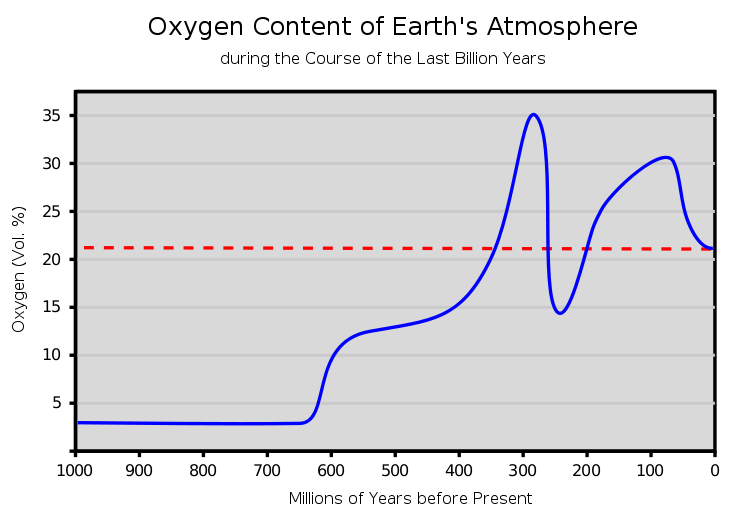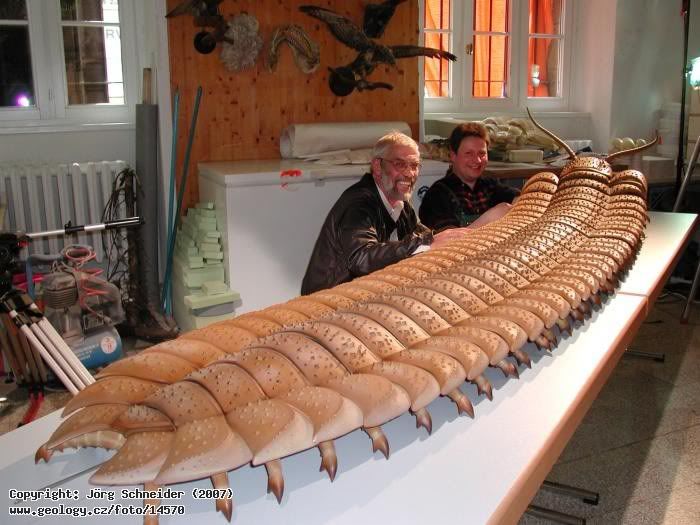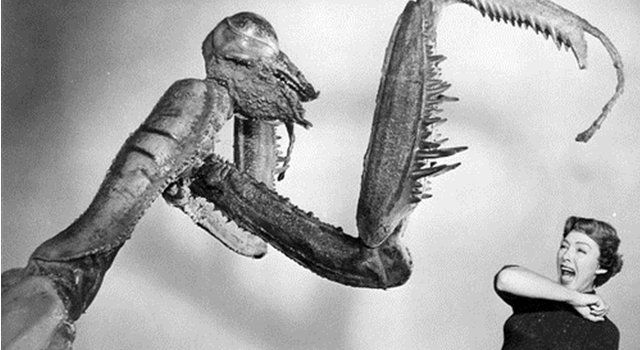Keeling Curve - The Oxygen Crisis.
Falling global CO2 levels is known as the Keeling Curve.
Cue "Total Recall" movie scene of cutting off people's oxygen.
The air was more oxygen-rich air 10,000 years ago. In prehistoric times it was 30% to 35%, oxygen compared to only 21% today – and that the levels are even less in densely populated, polluted city centres and industrial complexes, perhaps only 15 % or lower. Exercising outdoors in several cities is actually worse for your health than doing nothing at all. Pollution is most concentrated within 600 feet of major roadways creating a corridor of bad air
The effects of long term oxygen deprivation on the brain, called cerebral hypoxia, are known and some sound reminiscent of the general rise of stupidity in the industrialized world. - http://disinfo.com/2013/01/atmospheric- … re-rising/
Some 250 million years ago, it happened over the course of about 60,000 years, the earth suffered the greatest biological crisis in its history. Around 95 percent of all living species died out—a global catastrophe far greater than the dinosaurs' demise 185 million years later.
A new theory, is that it was because of a microbe.
Called “Methanosarcina,” it blossomed in the seas and pumped methane into the atmosphere, wreaking havoc with the climate and the chemistry of the oceans. The microbe flourished on a diet of nickel, multiplied like crazy and effectively suffocated the planet.
World Cities With The Worst Air Quality
http://www.trend-chaser.com/trending/ci … r-quality/
Louisville, Kentucky
Los Angeles, California
Bakersfield, California
Cincinnati, Ohio
Phoenix, Arizona
Hanford, California
Pittsburgh, Pennsylvania
Visalia, California
Birmingham, Alabama
Fresno, CaliforniaInteresting. But the Keeling Curve is a graph of *rising* CO2--even though oxygen levels are indeed falling (albeit very slowly on the macro-level.)
https://scripps.ucsd.edu/programs/keeli … ing-curve/



